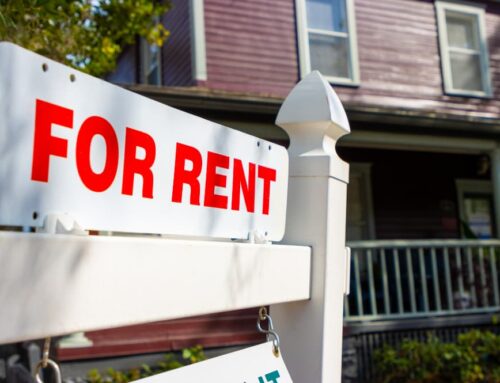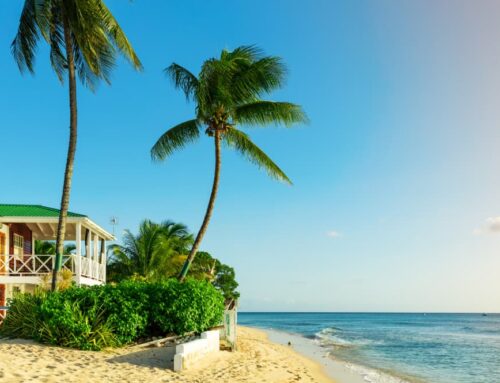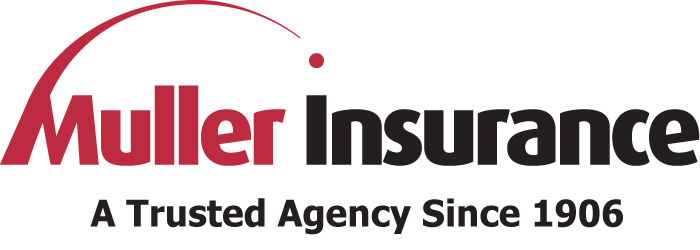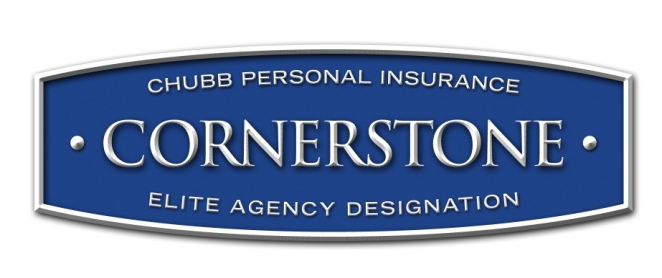You know the conundrum about trees falling in the forest. Have you heard the one about trees falling on the house? No doubt, that falling tree will be heard and so will the screams. The next thing that will be heard is the phone call to the insurance company.
The most common reason a tree falls is due to a windstorm, and that is a covered peril under the standard homeowners policy. This means the damage to the dwelling caused by the tree is covered and the cost to remove the tree is covered.
However, the maximum amount paid for the removal of any one tree usually is $500 (though this can change with different insurers), regardless of who owns the tree—you or your neighbor. Additionally, coverage is extended for debris removal to situations in which a fallen tree blocks a driveway or ramp for assisting a handicapped person, even when a covered structure is not damaged. The policy deductible will be applied to the loss payment. Now, here is a scary thought: If more than one tree falls on your house, the most the HO policy will pay is $1,000 to remove all of the trees felled by the same event.
Additionally, if it is your neighbor’s tree that falls on your property, you won’t be able to recover from the neighbor without proving the neighbor was negligent in their maintenance of the tree (e.g., of the owner of the tree was aware that it was dying, diseased or unstable). Under New Jersey law, “The rule of nonliability for natural conditions of land is premised on the fact that it is unfair to impose liability upon a property owner for hazardous conditions of his land which he did nothing to bring about just because he happens to live there,” [Scannavino v. Walsh, 445 N.J. Super. 162, 136 A.3d 948 (N.J. Super A.D. 2016)].
Have more questions about how your homeowners policy will cover you if a tree falls on your property? Give our agency a call today.








